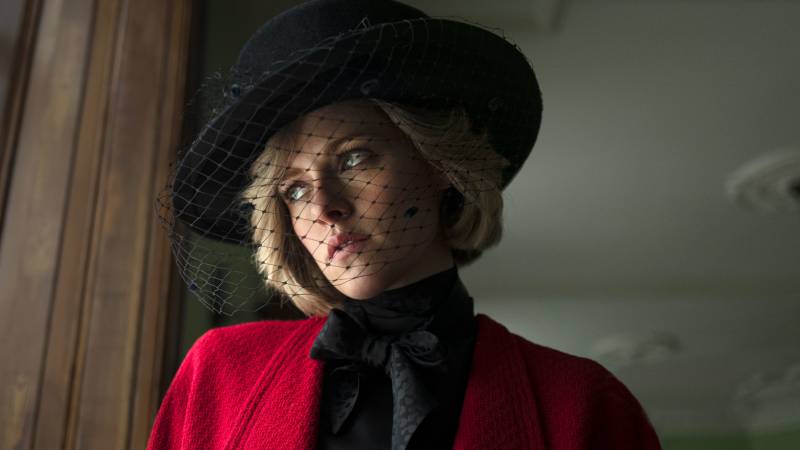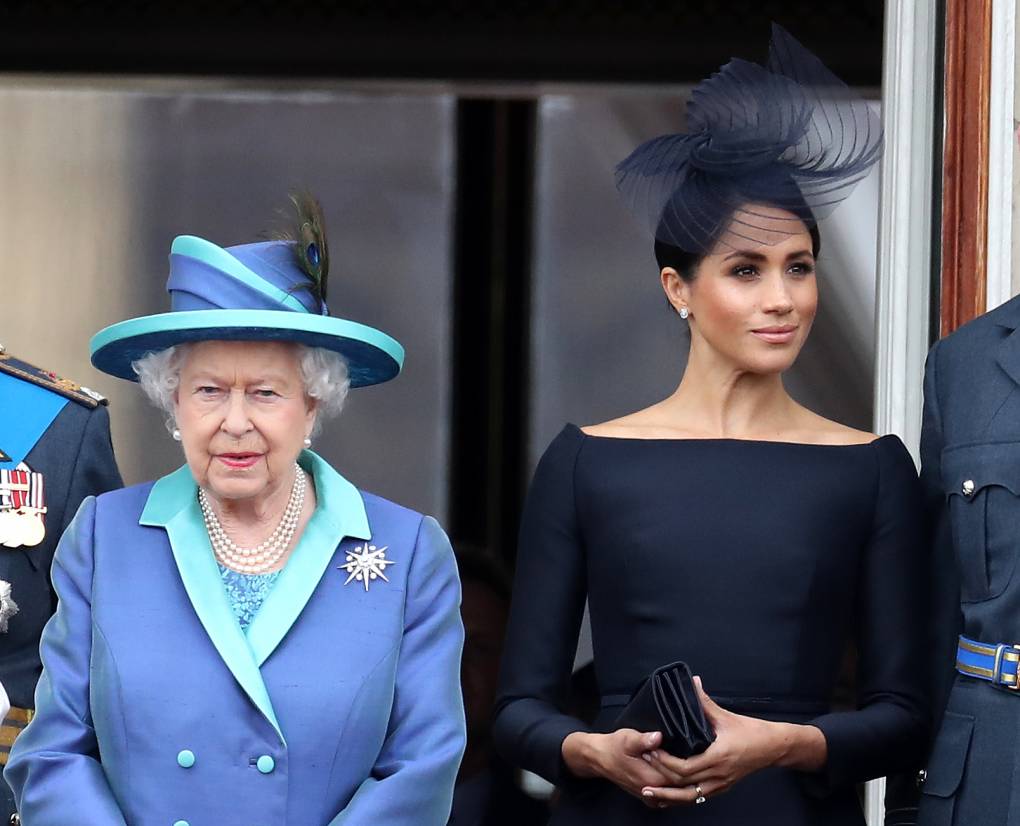Pablo Larraín’s Spencer opens with a label that reads, “A fable from a true tragedy.” The tragedy, of course, is the story of Diana Spencer, who became Princess of Wales, went through a bitter and public divorce, was largely beloved nevertheless, and lived a short life—at 36, she was literally chased to her death. The fable, on the other hand, is an imagining of a Christmas weekend in the early ’90s when her children were young, when a separated but not yet divorced Diana realizes the depth of her own despair and decides to pursue her freedom.
It seems only fair that a woman like Diana, so eagerly drawn by pop culture and so damaged by the ravenous interest in her, would get a chance to be seen through different cinematic lenses. The stage musical about her life that recently debuted on Netflix fails in part because it feels devoid of ideas and perspective, like a filmed Wikipedia page that runs down a checklist of events in her life. Spencer, instead, makes the reasonable assumption that the vast majority of its audience already knows how Diana fit into the family, how she was publicly perceived, how she died, how she was treated. Details are not fussed over or explained: Camilla Parker-Bowles looms large over this story but is not named, because Larraín and Knight assume you know her, you know at least the vague outlines of her history with Charles, and you know how things turned out.
The most obvious precursor to Spencer is Larraín’s Jackie, which also studied a few crucial days in the life of one of the world’s most famous women: in that case, young Jackie Kennedy in the aftermath of the death of her husband. But while the films share a fondness for footage of women who feel and look lost in enormous, grand spaces, Spencer—written by Steven Knight—is far less bounded by efforts to be faithful to, or even recreate, reality. Even if Jackie faithfully recreates reality mostly in order to imbue it with unexpected elements of horror or irony (as when Kennedy wanders around hearing “Camelot”), it is careful to make Natalie Portman sound precisely like Kennedy and to have its footage of the White House Christmas tour look precisely as it actually did. It also adopts quite a conventional structure and framing device in the form of a journalist coming to interview Kennedy about these events later.
Spencer is, from that opening title, much more unconventional and almost entirely uninterested in the historical accuracy of any of its details; it is intentionally not real, intentionally a “fable.” Other than the roughest outlines of Diana’s marriage and the cast of royals who surround her, there’s little reason to believe this story is literally true; it is instead meant to feel true, to say something true, and to change the angle through which Diana is seen, from a storybook princess to something closer to a Gothic horror heroine struggling to hang on to her grip on reality as her world tilts. And rather than the interview conceit that Jackie is built around, Spencer opens with a long, beautifully shot, and initially baffling sequence that communicates just how disconnected from a regular person’s reality Diana’s Christmas weekend is actually going to be.
Reality begins to tilt
We meet Diana, played beautifully by Kristen Stewart, as she drives herself to the Sandringham estate where the royal festivities happen every year. She gets lost and is therefore late, and arriving after the Queen means that she begins the weekend already having erred, already being—as she sees it—in trouble. Confronted with scales on which she must be weighed at the beginning and end of the weekend, offered a series of pre-selected outfits she’s meant to wear for everything from meals to church trips, Diana feels not merely micromanaged and limited, but instantly choked by her surroundings, even as she finds refuge in the company of her children.




9(MDAxOTAwOTE4MDEyMTkxMDAzNjczZDljZA004))

